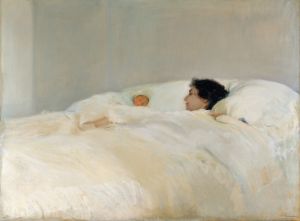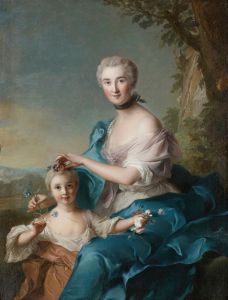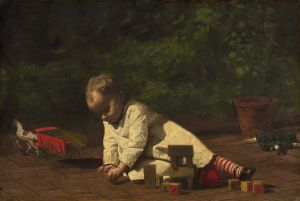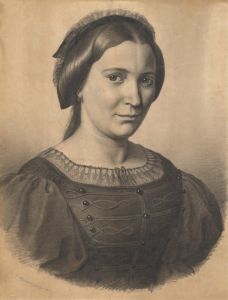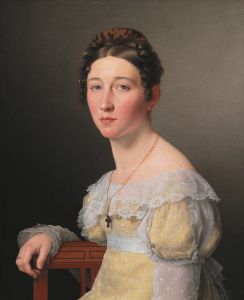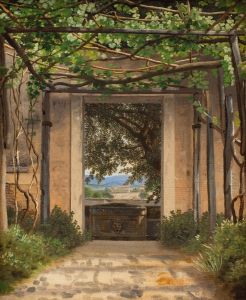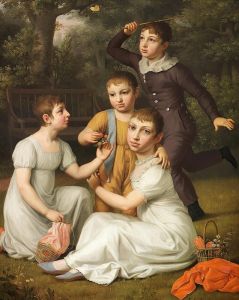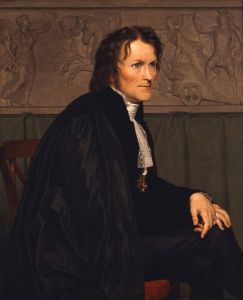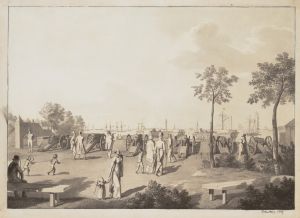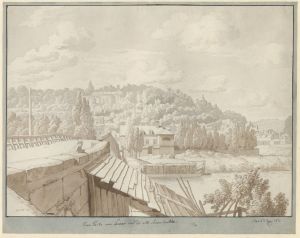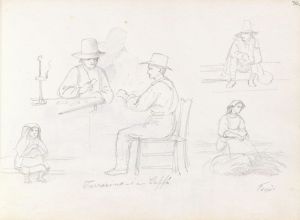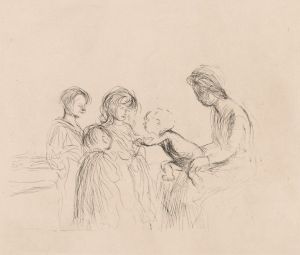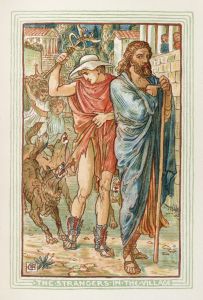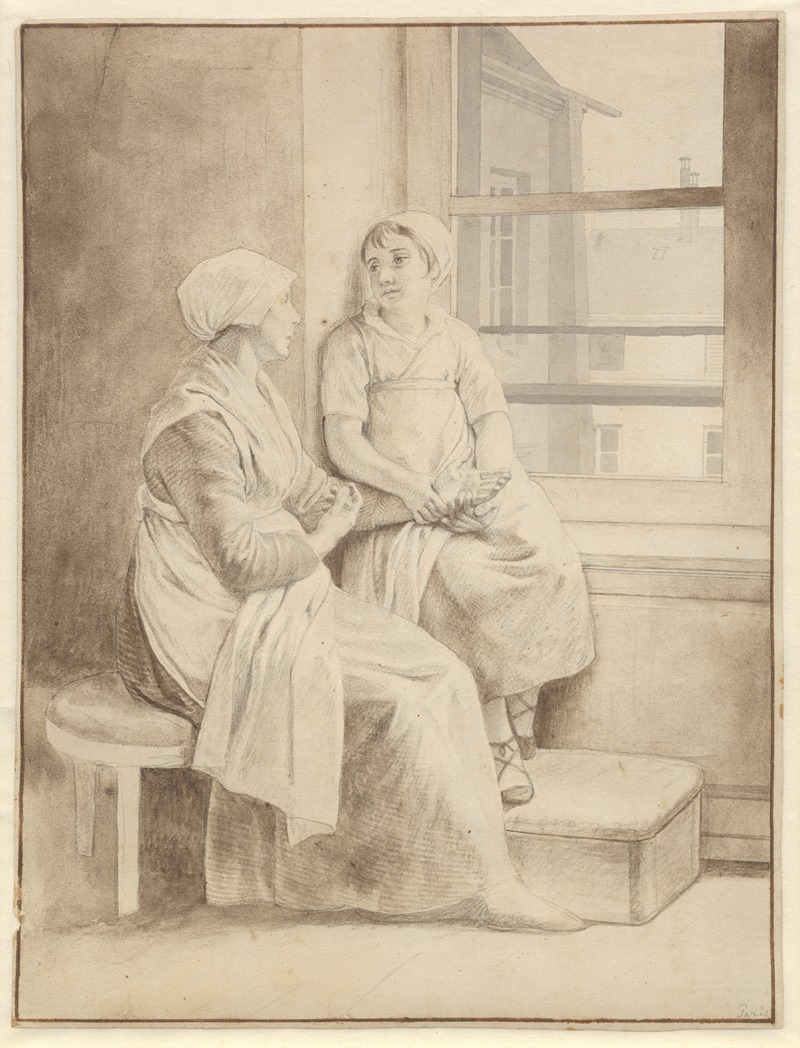
Mor og datter – Eckersbergs værtinde i Paris
A hand-painted replica of Christoffer Wilhelm Eckersberg’s masterpiece Mor og datter – Eckersbergs værtinde i Paris, meticulously crafted by professional artists to capture the true essence of the original. Each piece is created with museum-quality canvas and rare mineral pigments, carefully painted by experienced artists with delicate brushstrokes and rich, layered colors to perfectly recreate the texture of the original artwork. Unlike machine-printed reproductions, this hand-painted version brings the painting to life, infused with the artist’s emotions and skill in every stroke. Whether for personal collection or home decoration, it instantly elevates the artistic atmosphere of any space.
Christoffer Wilhelm Eckersberg, often referred to as the father of Danish painting, was a prominent figure in the Danish Golden Age of art. His painting "Mor og datter – Eckersbergs værtinde i Paris" (Mother and Daughter – Eckersberg's Hostess in Paris) is a notable work that reflects his keen interest in capturing everyday life with precision and clarity.
Eckersberg was born in 1783 in Blåkrog, Denmark, and he studied at the Royal Danish Academy of Fine Arts in Copenhagen. His artistic journey took him across Europe, where he was influenced by various styles and techniques. In 1810, Eckersberg traveled to Paris, a city that was a vibrant center for art and culture. During his stay, he was exposed to the works of French neoclassical painters, which had a significant impact on his artistic development.
"Mor og datter – Eckersbergs værtinde i Paris" is believed to have been painted during his time in Paris. The painting depicts a domestic scene featuring a mother and her daughter, who are thought to be the artist's hostess and her child. This work exemplifies Eckersberg's ability to portray intimate and serene moments with a sense of realism and attention to detail.
Eckersberg's style is characterized by his precise use of light and shadow, as well as his meticulous attention to detail. In "Mor og datter," these elements are evident in the way he captures the textures of the fabrics and the subtle expressions of the figures. The composition is balanced and harmonious, reflecting the influence of neoclassical principles that emphasize clarity and order.
The painting is also notable for its depiction of the interior setting, which provides a glimpse into the domestic life of the period. Eckersberg's interest in everyday scenes and his ability to render them with authenticity and warmth are hallmarks of his work. This approach was somewhat innovative at the time, as it moved away from the grand historical and mythological themes that dominated much of European art.
Eckersberg's time in Paris was crucial for his development as an artist. He studied under the renowned French painter Jacques-Louis David, whose neoclassical style left a lasting impression on him. This influence is evident in the compositional clarity and disciplined execution of "Mor og datter."
Upon returning to Denmark, Eckersberg became a professor at the Royal Danish Academy of Fine Arts, where he played a pivotal role in shaping the next generation of Danish artists. His teachings emphasized the importance of studying nature and the human form, principles that were reflected in his own work.
"Mor og datter – Eckersbergs værtinde i Paris" remains an important piece within Eckersberg's oeuvre, illustrating his mastery of capturing the beauty and simplicity of everyday life. The painting is a testament to his skill as a portraitist and his ability to convey the subtleties of human interaction.
Today, Eckersberg is celebrated for his contributions to Danish art, and his works are held in high regard for their technical excellence and insightful portrayal of 19th-century life. His legacy continues to influence artists and art enthusiasts around the world.





